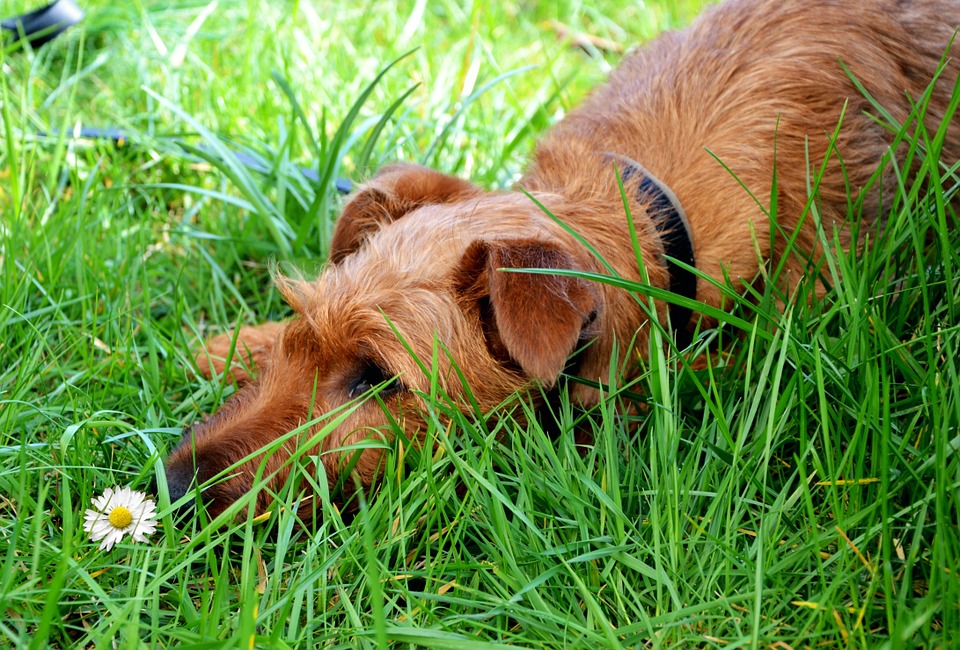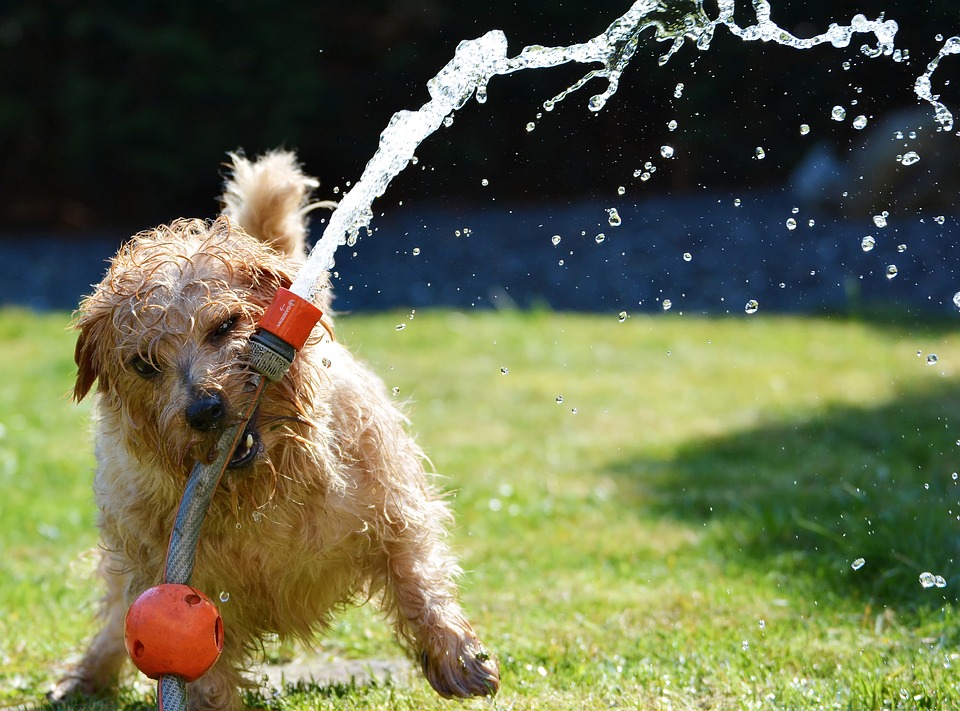28 Jun |
Posted by Stephen Trevathan |
no comments |
pet owner tips, pet training tips, summer tips for pets

Hoping to enjoy a little summertime fun with your pet this year? The summer months can be some of the best for outdoor activities, but you should remember to take care of your pet’s health when the heat’s turned up.
While most dog owners know to be aware of the heat when it comes to their pooch’s play time, this can also be important for cat owners as well. We want you to be fully aware so that you and your pet can have the best summer break ever.
Remember to keep an eye on your dog or cat and always bring some H2O for the whole family! Here are seven summer pet care tips that you should take note of:
Overheating and heatstroke are primary concerns for dogs and cats during summer months. Hyperthermia, or heatstroke, can happen if your pet’s internal temperature climbs above 104 degrees and can be fatal.
Dogs are especially susceptible to heatstroke. Warning signs to watch out for include:
If noticed quickly, a pet suffering from heatstroke can be taken to the vet and treated. Be on the look out for the symptoms listed above while you and your pet are out on a sunny day.
Puppies, older pets, and overweight pets are at a higher risk of overexertion during the hotter months. The same is true for pets with heart and lung conditions. They should be kept out of direct sunlight and in cool areas as much as possible, and watched closely for signs of distress (see above).

If you witness your pet exhibiting signs of heat-related distress, place cool, wet towels around their neck and back and increase air circulation around them with a fan while you take them to a veterinarian.
If you’re going to take your pet out to play in the sun, protect them from overheating by bringing them in for periods of rest in a cool place, and provide plenty of hydration. Do you live in Orlando? Here are some great places that you can bring your pet.
Try to head out in the early morning or at sunset, but do your best to avoid hours of peak heat which usually last from 11:00 AM to 4:00 PM, depending on where you live. If you have an air conditioned home, try to come up with fun play ideas inside the house.
A hotly contested topic of conversation is leaving a pet inside the car. Even if you’ve cracked the windows, leaving your pet inside the car can cause heatstroke and fatality.
Do your best to avoid running errands with your pet in the car, even if it’s for a short while. This is true even for spring just as the weather is starting to warm up. The internal temperature of a closed off space can jump up significantly and your pet will suffer if they’re trapped inside.
First things first, remember to HYDRATE. Ample water supply for your pet is the most important thing to remember when going on an outdoor adventure. Never let your pet drink from puddles on the street, as standing water can contain harmful chemicals. Don’t forget a travel bowl!

You can also use water to hose down your hound for a little fun in the yard. This will keep their body temperature cool and a smile on their face. Be sure to let resting hose water spray out first, as it can heat up in the sun and harm your pet.
Consider investing in some pupsicles or catsicles for a summertime treat. An easy DIY recipe can be found here.
Giving your pet a good trim can help to keep them cool, but shaving them completely can counteract the natural protection their coat gives. Nix the long hairs but keep the short coat to defend against sunburn.
Consider applying a bit of sunscreen to your pet’s sensitive areas, like their face and ears, before heading outside. Short-haired pets and those with a light coat are more susceptible to harmful rays so they often require more protection. Be sure to consult a veterinarian before using any products on your pet’s skin.
Fleas, ticks, mosquitos, and more thrive during the summer months, so be careful with your pets if you plan on spending a lot of time outside. If you recently adopted your pet, you’ll want to discuss this with the vet.
The best offense is a good defense. Keep your pet up to date on shots and preventatives and always check for ticks when they come back inside. Be sure to keep an eye out for rashes or constant itching. If anything seems unusual, take your pet to the vet immediately.